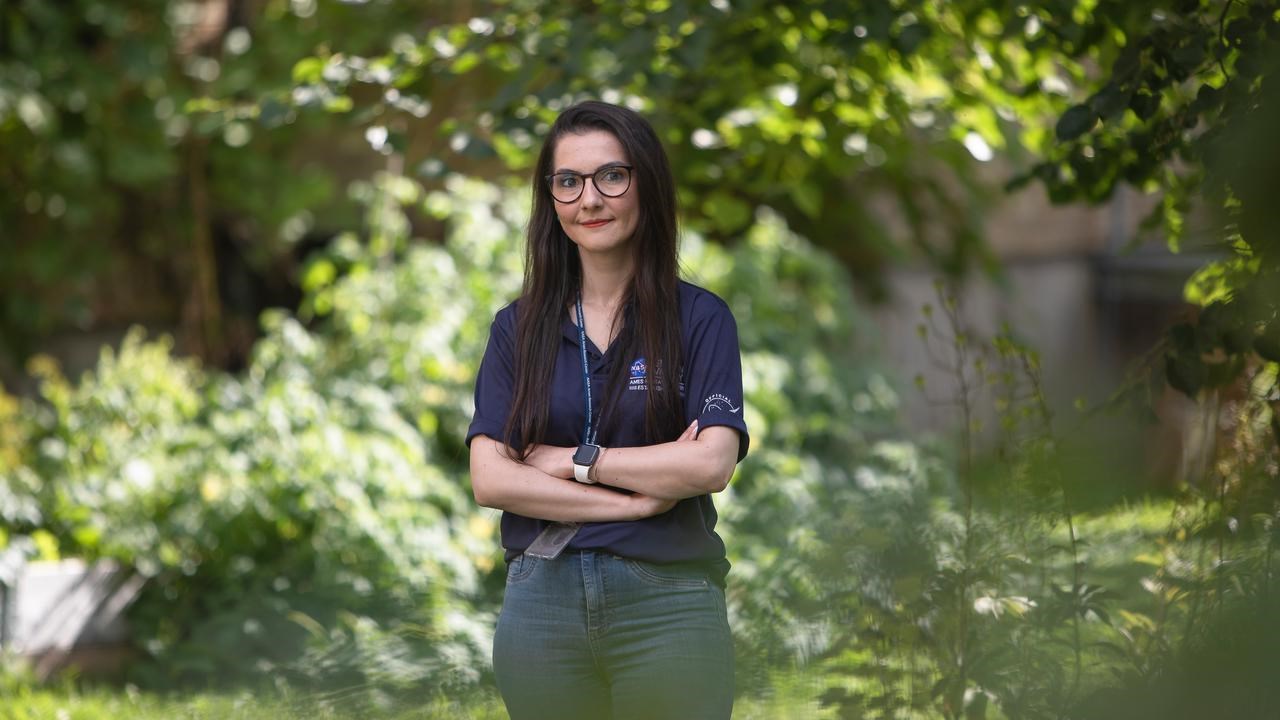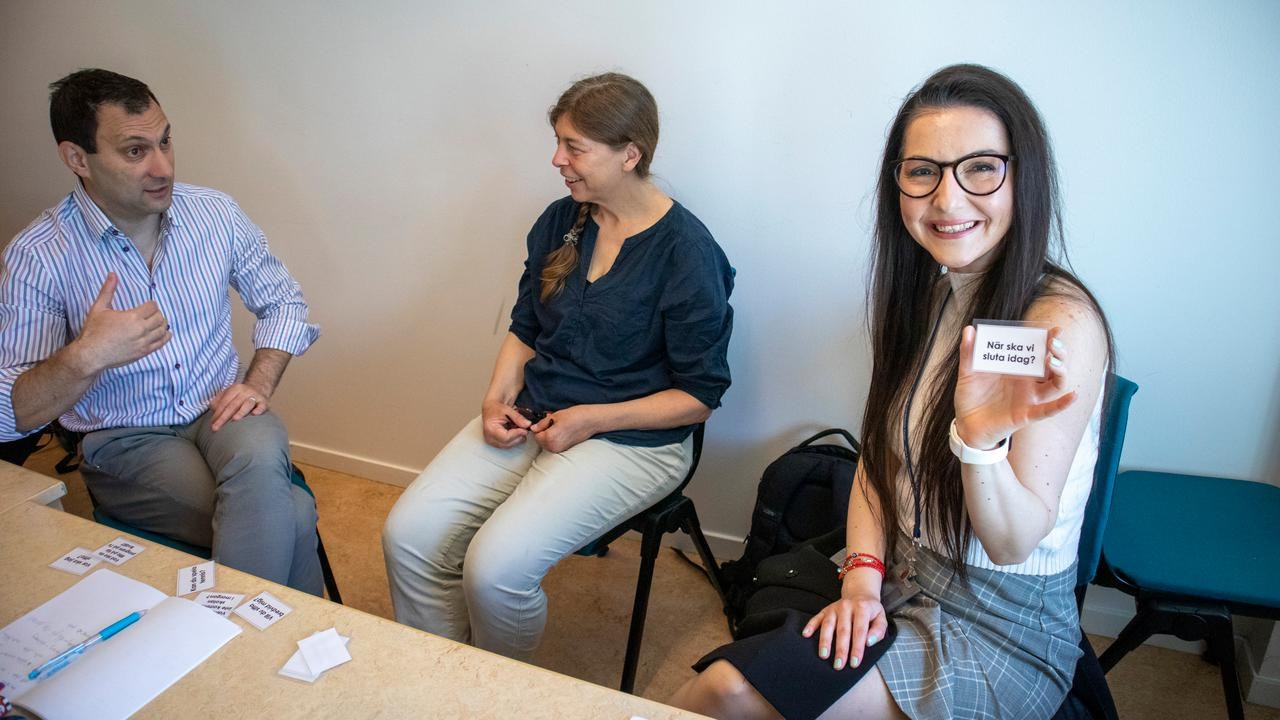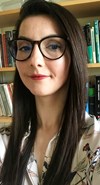Quick facts about Merve
From: Turkey, now living in Umeå
Best things about Umeå: the winter, nature, and the tranquility
Interests: Yoga, sports
Likes: Having coffee at Kulturbageriet and visiting exhibitions at Bildmuseet
Misses from home: Freshly roasted Turkish coffee
Science fiction favorites: The Martian and Interstellar
Is there life in space? Don’t know, but working hard to find out :-)
On the nightstand: The Power of Habit: Why We Do What We Do and How to Change by Charles Duhigg
Childhood dream: Archaeologist or astronaut




